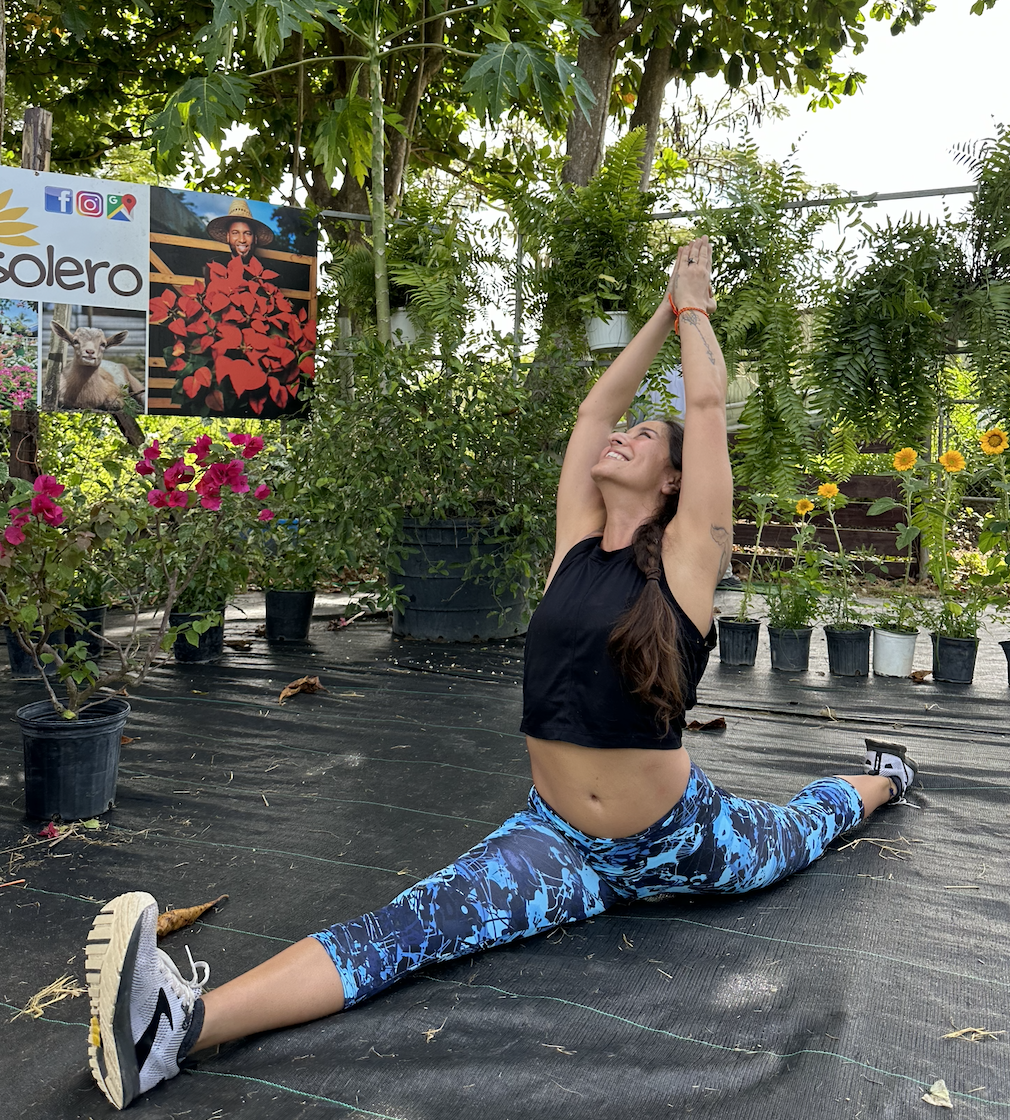The journey of yoga is often misconstrued, overshadowed by the pursuit of the perfect pose, a quest that can lead practitioners away from the true essence of yoga. The proliferation of images depicting flawless postures in serene settings has perpetuated the myth of the perfect pose, suggesting that success in yoga is measured by one’s ability to achieve these physical feats. However, this external focus misrepresents the profound nature of yoga, which is less about the perfection of asanas and more about the internal journey toward mental clarity and peace. To embrace the true spirit of yoga, it’s crucial to redefine success in yoga practice, aligning with the ancient wisdom encapsulated in the Yoga Sutra 1.2: “Yoga is the cessation of the fluctuations of the mind.”
The misconception that success in yoga is determined by one’s physical ability to execute complex poses can lead to feelings of inadequacy and competitiveness. This not only undermines the individual’s practice but also contradicts the foundational principles of yoga, which emphasize self-awareness, inner peace, and the unity of mind, body, and spirit. The fixation on achieving the perfect pose can divert practitioners from the transformative potential of yoga, turning the practice into a mere physical exercise devoid of its spiritual depth.
Success in yoga should not be measured by the physical perfection of a pose but by the journey toward stilling the mind and cultivating a deeper connection with the self. This redefinition aligns with the profound insight of the Yoga Sutras, which regard the cessation of mental fluctuations as the true state of yoga. Success in yoga is therefore about:
1. Presence and Awareness: Being fully present in each moment, aware of one’s breath, thoughts, and sensations, and observing them without judgment.
2. Inner Peace: Cultivating a sense of tranquility and contentment, regardless of external circumstances or the ability to perform certain asanas.
3. Self-Compassion: Embracing one’s unique journey with kindness and understanding, recognizing that each individual’s path is different and equally valuable.
4. Personal Growth: Using the practice of yoga as a tool for self-discovery and personal development, not just physically but mentally and spiritually.
While asanas are an integral part of yoga, they are merely one aspect of a much richer tapestry. Yoga encompasses a wide range of practices, including pranayama (breath control), dhyana (meditation), and the study of philosophical texts, all aimed at achieving harmony between the mind, body, and spirit. By moving beyond the physical and embracing the holistic nature of yoga, practitioners can experience its true benefits.
Debunking the myth of the perfect pose and redefining success in yoga practice is crucial for preserving the integrity and depth of yoga. Success in yoga is not about the external perfection of postures but about the internal journey toward stilling the mind and finding peace within oneself. By embracing this perspective, practitioners can unlock the true potential of yoga, transforming their practice into a profound journey of self-discovery, growth, and fulfillment.

